A lawn mower (also known as a mower, grass cutter or lawnmower) is a device utilizing one or more revolving blades (or a reel) to cut a grass surface to an even height. The height of the cut grass may be fixed by the design of the mower but generally is adjustable by the operator, typically by a single master lever or by a mechanism on each of the machine's wheels. The blades may be powered by manual force, with wheels mechanically connected to the cutting blades so that the blades spin when the mower is pushed forward, or the machine may have a battery-powered or plug-in electric motor. The most common self-contained power source for lawn mowers is a small (typically one-cylinder) internal combustion engine. Smaller mowers often lack any form of self-propulsion, requiring human power to move over a surface; "walk-behind" mowers are self-propelled, requiring a human only to walk behind and guide them. Larger lawn mowers are usually either self-propelled "walk-behind" types or, more often, are "ride-on" mowers that the operator can sit on and control. A robotic lawn mower ("lawn-mowing bot", "mowbot", etc.) is designed to operate either entirely on its own or less commonly by an operator on a remote control.
Two main styles of blades are used in lawn mowers. Lawn mowers employing a single blade that rotates about a single vertical axis are known as rotary mowers, while those employing a cutting bar and multiple blade assembly that rotates about a single horizontal axis are known as cylinder or reel mowers (although in some versions, the cutting bar is the only blade, and the rotating assembly consists of flat metal pieces which force the blades of grass against the sharp cutting bar).
There are several types of mowers, each suited to a particular scale and purpose. The smallest types, non-powered push mowers, are suitable for small residential lawns and gardens. Electrical or piston engine-powered push-mowers are used for larger residential lawns (although there is some overlap). Riding mowers, which sometimes resemble small tractors, are larger than push mowers and are suitable for large lawns, although commercial riding lawn mowers (such as zero-turn mowers) can be "stand-on" types and often bear little resemblance to residential lawn tractors, being designed to mow large areas at high speed in the shortest time possible. The largest multi-gang (multi-blade) mowers are mounted on tractors and are designed for large expanses of grass such as golf courses and municipal parks, although they are ill-suited for complex terrain.
History
Invention
The lawn mower was invented in 1830 by Edwin Beard Budding of Stroud, Gloucestershire, England. Budding's mower was designed primarily to cut the grass on sports grounds and extensive gardens, as a superior alternative to the scythe, and was granted a British patent on August 31, 1830.
Budding's first machine was 19 inches wide with a frame made of wrought iron. The mower was pushed from behind. Cast-iron gear wheels transmitted power from the rear roller to the cutting cylinder, allowing the rear roller to drive the knives on the cutting cylinder; the ratio was 16:1. Another roller placed between the cutting cylinder and the main or land roller could be raised or lowered to alter the height of cut. The grass clippings were hurled forward into a tray-like box. It was soon realized, however, that an extra handle was needed in front to help pull the machine along. Overall, these machines were remarkably similar to modern mowers.
Two of the earliest Budding machines sold went to Regent's Park Zoological Gardens in London and the Oxford colleges. In an agreement between John Ferrabee and Edwin Budding dated May 18, 1830, Ferrabee paid the costs of enlarging the small blades, obtained letters of patent and acquired rights to manufacture, sell and license other manufacturers in the production of lawn mowers. Without patent, Budding and Ferrabee were shrewd enough to allow other companies to build copies of their mower under licence, the most successful of these being Ransomes of Ipswich, which began making mowers as early as 1832.
His machine was the catalyst for the preparation of modern-style sporting ovals, playing fields (pitches), grass courts, etc. This led to the codification of modern rules for many sports, including for football, lawn bowls, lawn tennis and others.
If you want to read a whole lot more, go here: https://en.wikipedia.org/wiki/Lawn_mower
Buttermilk Fried Fish
- SERVES
- 4 to 6
If you love fried chicken, you've gotta try Buttermilk Fried Fish! It's so delicious, it practically flakes in your mouth!
- 2 pounds skinless white-fleshed fish fillets
- 1 cup buttermilk
- 1 cup biscuit mix
- 1 teaspoon salt
- Vegetable oil for frying (to cover 1/4-inch of large frying pan)
- Thaw fish if frozen. Cut fish into serving size portions and place in a shallow dish. Pour buttermilk over fish and let stand for 30 minutes in refrigerator, turning once.
- In a large bowl, combine biscuit mix and salt. Heat oil in a large frying pan. Remove fish from buttermilk and coat with biscuit mixture.
- Place fish in frying pan in a single layer and cook until browned on both sides and it flakes easily with a fork. Drain fish on paper towels and serve.










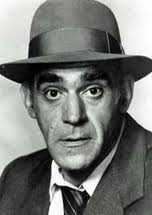
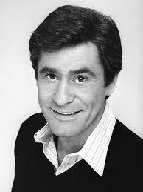

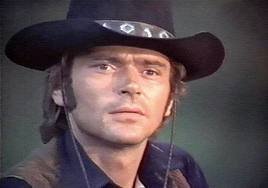
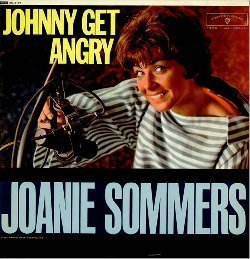



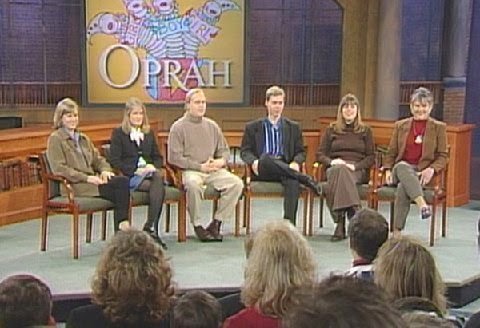

No comments:
Post a Comment